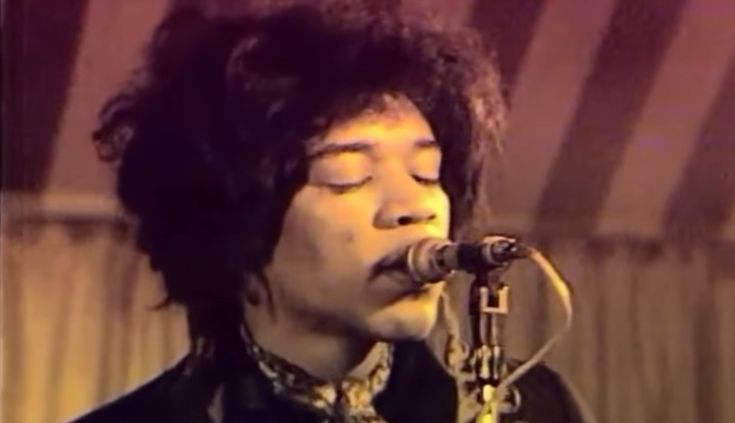Before Tapestry put Carole King’s face on album covers and her voice on every radio, her music was already everywhere — she just wasn’t the one singing it. For more than a decade, King’s songs defined pop music’s sound, sung by everyone from The Shirelles to The Beatles, The Drifters, The Monkees, and Aretha Franklin. Long before she ever stepped behind a microphone as a star in her own right, Carole King had already written herself into music history.
“Every day we squeezed into our respective cubby holes with just enough room for a piano, a bench, and maybe a chair for the lyricist if you were lucky.” — Carole King
From Teenage Prodigy to Brill Building Hitmaker
The New York music scene of the 1950s was alive with possibility, and a teenage Carole King was right in the middle of it. Before she even graduated high school, she was writing songs, forming vocal groups, and recording demos — sometimes with a young Paul Simon.
At just 17, while studying at Queens College (notably misremembered by many as “Kings College”), she met Gerry Goffin, the man who would become both her songwriting partner and her husband. When Carole became pregnant, the two married, dropped out of college, and took day jobs — Gerry as an assistant chemist, Carole as a secretary. But at night, they wrote songs.
Their first bit of mischief came when Neil Sedaka, Carole’s high school sweetheart, released “Oh! Carol” in 1959. Goffin playfully penned a response, “Oh! Neil,” which Carole recorded herself that same year. It was a lighthearted beginning to one of the most successful songwriting partnerships in pop music.
The Brill Building Sound
By the early 1960s, Goffin and King had joined the creative hive of the Brill Building — a Midtown Manhattan office building that became the heart of American pop. Inside its walls, small rooms buzzed with teams of young writers crafting songs for teen idols and girl groups. Carole composed at the piano while Gerry wrote lyrics.
Together, they struck gold again and again. At only 18, Carole and Gerry wrote their first No. 1 hit: “Will You Love Me Tomorrow” for The Shirelles. The song made history — the first chart-topping hit by a Black girl group — and established the duo as one of pop’s premier songwriting teams.
Hit After Hit
In the early ’60s, Carole King’s fingerprints were on a staggering number of hit records:
- “Chains” – The Everly Brothers (and later The Beatles)
- “The Loco-Motion” – Little Eva (and later Grand Funk Railroad and Kylie Minogue)
- “Take Good Care of My Baby” – Bobby Vee
- “Keep Your Hands Off My Baby” – Little Eva (performed by The Beatles on the BBC)
- “Crying in the Rain” – The Everly Brothers
- “Up on the Roof” – The Drifters
- “I’m Into Something Good” – Herman’s Hermits
- “One Fine Day” – The Chiffons
- “Hey Girl” – Freddie Scott (later Donny Osmond)
- “Don’t Say Nothin’ Bad (About My Baby)” – The Cookies
- “Just Once in My Life” – The Righteous Brothers (with Phil Spector)
- “Pleasant Valley Sunday” – The Monkees
- “(You Make Me Feel Like) A Natural Woman” – Aretha Franklin
- “Don’t Bring Me Down” – The Animals
- “Goin’ Back” – Dusty Springfield
- “Wasn’t Born to Follow” – The Byrds (later featured in Easy Rider)
Each song reflected King’s uncanny ability to fuse catchy melodies with emotional depth. Her piano-driven hooks and heartfelt progressions became the emotional backbone of 1960s pop.
A Reluctant Star
In 1962, King accidentally found herself in the spotlight. She’d written “It Might As Well Rain Until September” for Bobby Vee, but when Don Kirshner heard her demo, he decided to release her version instead. The song became a hit, reaching No. 22 in the U.S. and No. 3 in the U.K.
Kirshner persuaded her to appear on American Bandstand, but the experience left her shaken. The teenage audience gave her a low score — just 42 out of 100 — and King was devastated. She retreated from performing, content to remain behind the scenes writing hits for others.
The Architects of Pop
By the mid-1960s, Carole and Gerry were part of a tight circle at 1650 Broadway, alongside future legends like Neil Diamond, Burt Bacharach, and Neil Sedaka. Together, they crafted the soundtrack of a generation — songs of heartbreak, hope, and teenage dreams that would echo through jukeboxes for decades.
Even as musical trends shifted from Brill Building pop to the British Invasion and beyond, King’s songs continued to resonate. Her melodies were timeless, her piano lines instantly recognizable.
The Dawn of Something New
But beneath the success, Carole King was changing. By the late ’60s, the Brill Building era was fading, and King’s marriage to Goffin was unraveling. When she moved to Los Angeles and joined the creative community of Laurel Canyon, she began to see herself differently — not just as a songwriter, but as a performer with her own story to tell.
That evolution would lead to Tapestry — the album that finally put her voice to the songs her heart had been writing all along.
Learn the Full Story Here




